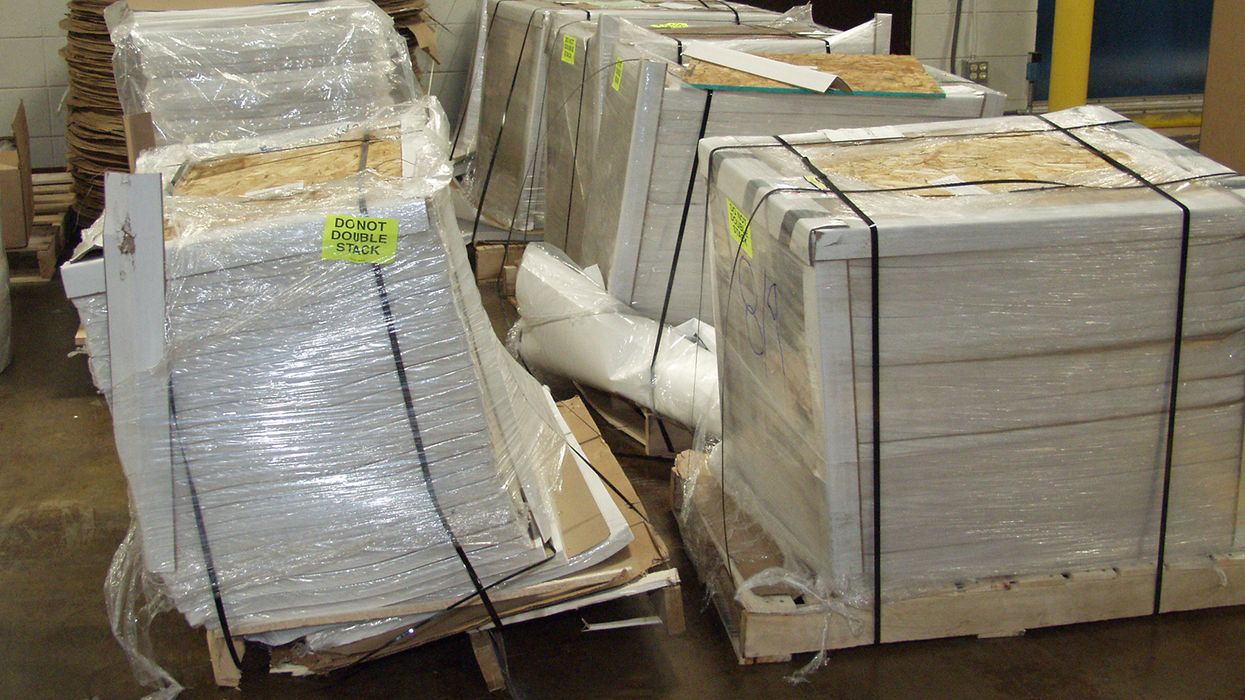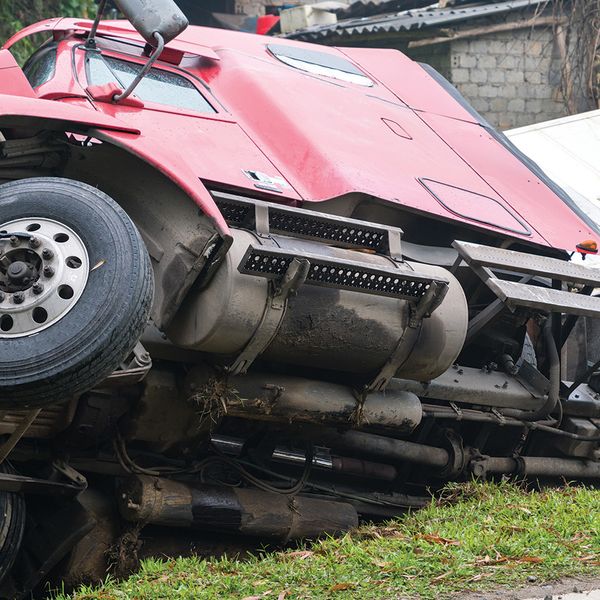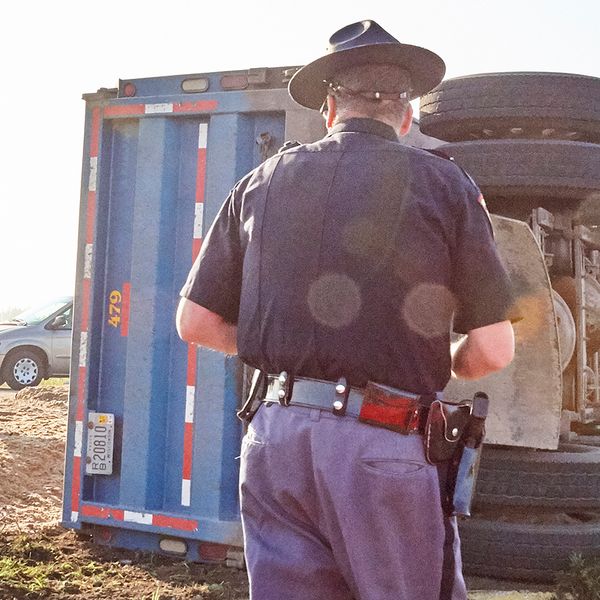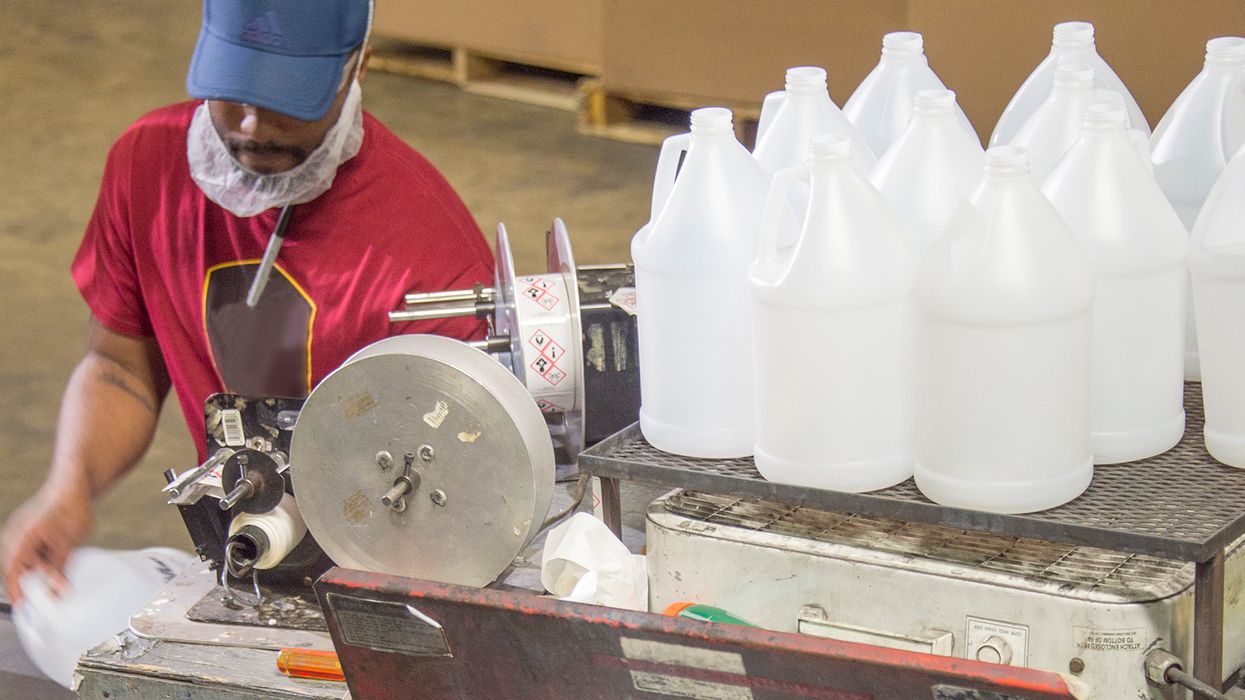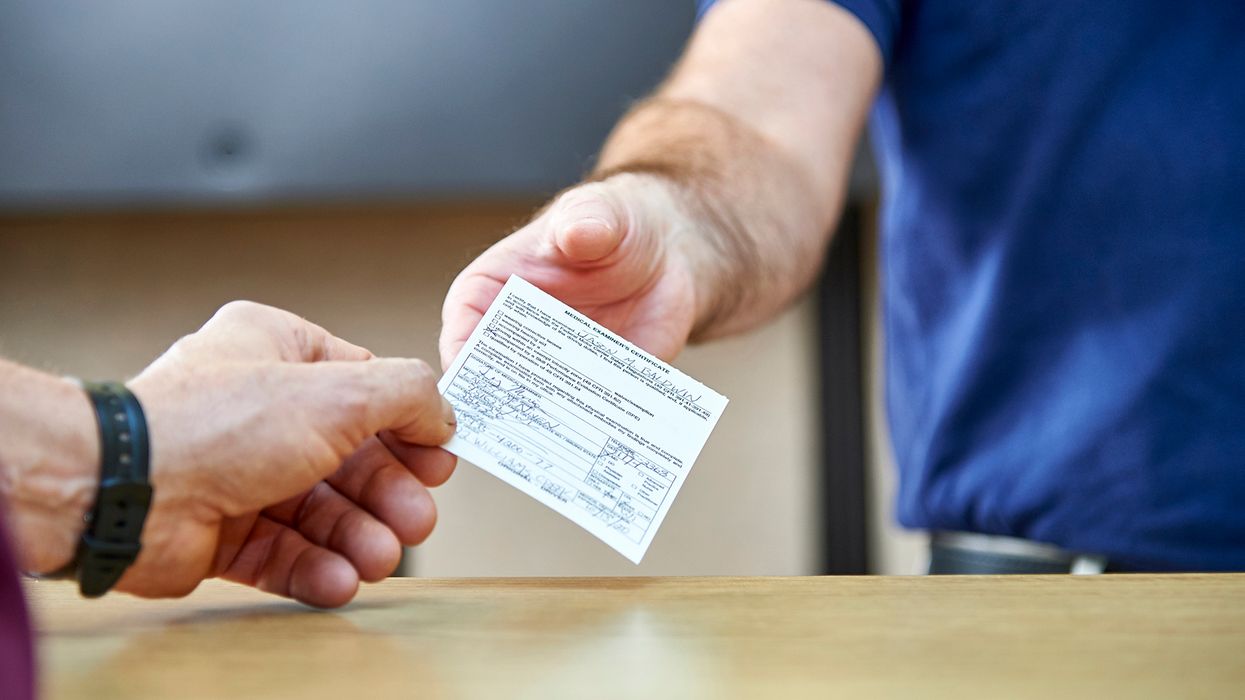How to Mitigate Freight Claims
It is far better to avoid a loss or damage claim than to investigate and settle a claim after a shipment has been completed. Understanding the claims process is a good place to start.
The Federal Motor Carrier Safety Administration (FMCSA) inherited many of their regulations from the Interstate Commerce Commission (ICC). Along with the safety rules came the commerce rules – including the damage claim rules currently found in 49 CFR 370, and the overcharge claims currently found in Part 378. It is the damage and related claim rules that throw carriers off the most. As a holdover rule, the section is not easily read because it contains a good deal of legalese adding confusion to the process.
Covered shipments: Damaged, lost, rejected, refused
As a commerce rule, the sections apply primarily to for-hire carriers. The full title of 49 CFR 370 is “Principles and Practices for the Investigation and Voluntary Disposition of Loss and Damage Claims and Processing Salvage.” The section covers:
- Damaged goods,
- Loss or shortage of goods, and
- Rejected or refused shipments.
Understand what you are signing
Much of a carrier’s responsibility and liability is covered in the agreement, tariff, or bill of lading with the shipper or receiver. These are legal documents and should be fully understood before executing the movement. When a claim is filed against the carrier, the claimant is essentially saying, “you breached our agreement, and you need to make me or us whole.”
Claims process comes with deadlines
The process officially begins with the claimant, typically the shipper or receiver. However, the carrier is under no obligation to voluntarily pay a claim unless filed appropriately. The time frame for filing is generally included in the agreement. The claim must include:
- Facts that are sufficient to identify the shipment of property, e.g., a description and reference numbers;
- An assertion of liability for the alleged loss, damage, injury, or delay; and
- Any claim for the payment of a specific amount of money must be considered as sufficient compliance with the provisions for filing claims embraced in the bill of lading or other contract of carriage.
The carrier then must within 30 days of receiving the claim indicate that the claim has been received and let the claimant know of any other documentation that might be required to process the claim. The carrier needs to start a claim file at this point. The rules state that the carrier must “promptly and thoroughly” investigate the claim.
After the investigation is complete, but within 120 days, the carrier must pay, decline, or make a firm compromise settlement offer in writing to the claimant. If for any reason the claim cannot be settled completely within 120 days, every 60 days the carrier must provide an update to the claimant in writing.
5 steps to avoiding claims
It pays to implement procedures to avoid loss or damage claims, rather than investigating and settling claims after a shipment has been completed. Before a claim:
- Understand the agreement as outlined in the contract, tariff, or bill of lading;
- At the shipping location the driver verifies:
- Product count(s),
- Condition of shipment, and
- Securement of shipment.
- Driver to complete enroute securement inspections as outlined in 49 CFR392.9; and
- Load shifts are a common cause of product damage. Utilize technology to identify and coach driver regarding:
- Hard braking, and
- Erratic lane changes.
- Consignee or receiver to sign shipping documents verifying count and visible damage.
Key to remember: Understand the claims process and implement load acceptance procedures to minimize losses for your company.

